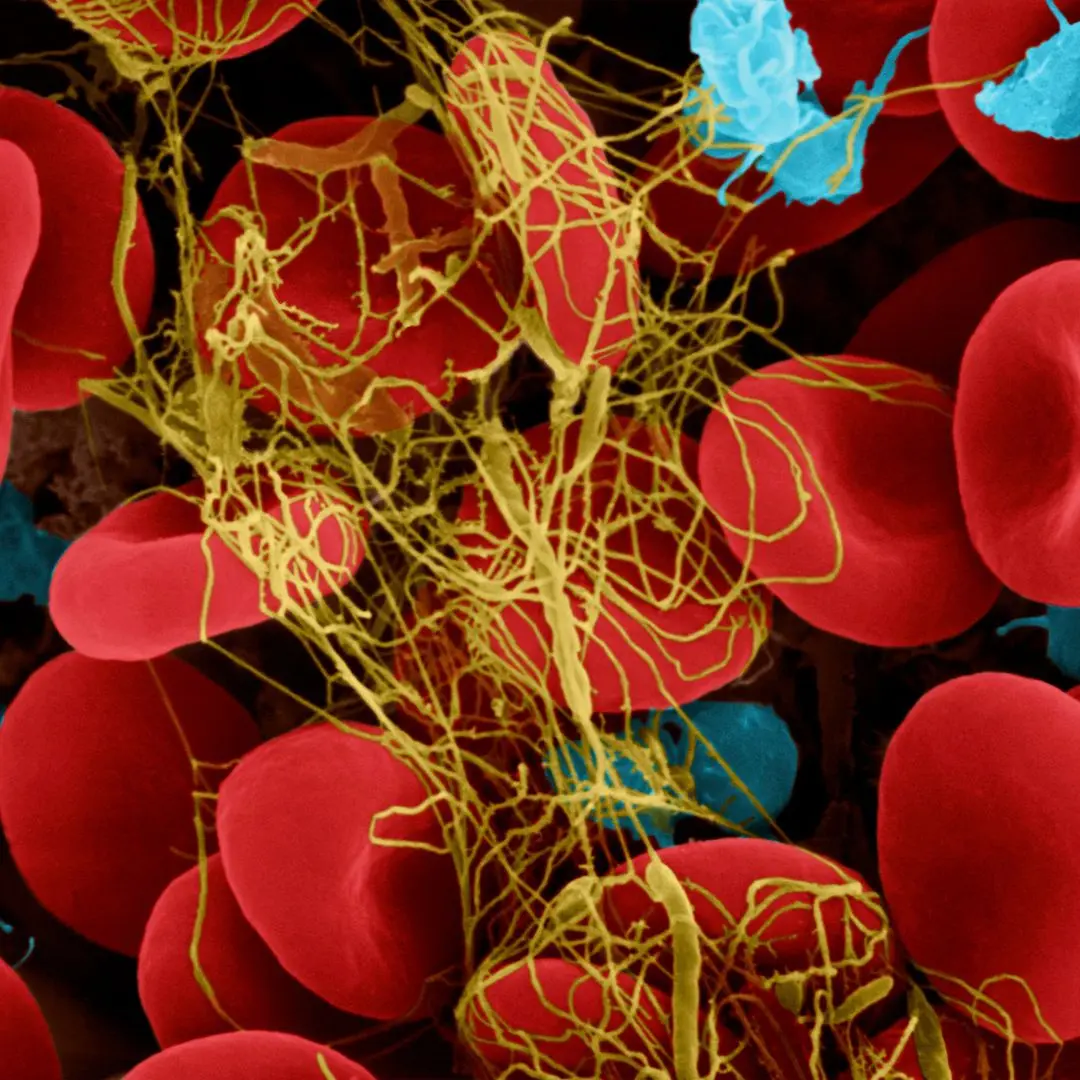Eye flu, also known as conjunctivitis, is an infection causing redness, itching, and discharge.

Blog
Treating Eye Flu: A Comprehensive Guide to Remedies and Prevention
Eye flu, also known as conjunctivitis, is an infection or inflammation of the conjunctiva, the thin transparent layer that covers the white part of the eye and the inner surface of the eyelids. It is a common condition that can affect people of all ages and is highly contagious. Symptoms of eye flu include redness, itching, swelling, and discharge from the eyes. This comprehensive guide explores effective treatments and preventive measures for eye flu, helping you manage the condition and prevent its spread.
Eye flu can be caused by viruses, bacteria, allergens, or irritants. The most common types of conjunctivitis are viral, bacterial, and allergic. Identifying the cause is crucial for selecting the appropriate treatment.
There are several types of conjunctivitis, each with different causes and symptoms:
Caused by viruses, this type is highly contagious and often accompanies the common cold or respiratory infections. Symptoms include watery discharge, redness, and itching.
Caused by bacteria, this type is also highly contagious and typically produces a thick, yellow-green discharge. It can cause eyelids to stick together, especially after sleep.
Triggered by allergens such as pollen, dust mites, or pet dander, this type is not contagious. Symptoms include redness, itching, and watery discharge in both eyes.
Caused by exposure to irritants such as smoke, chemicals, or foreign objects, this type can cause redness, tearing, and discomfort.
Common symptoms of conjunctivitis include:
The white part of the eye appears red or pink due to inflammation.
Eyes feel itchy and uncomfortable.
A discharge that can be watery (viral or allergic) or thick and yellow-green (bacterial).
Eyelids may become swollen.
Excessive tearing is common, especially with allergic or irritant conjunctivitis.
Crusts may form on the eyelashes, particularly in bacterial conjunctivitis.
The treatment of eye flu depends on its cause. Here are effective treatments for different types of conjunctivitis:
Viral conjunctivitis usually resolves on its own within a week or two. To relieve symptoms, apply cold compresses to the eyes, use artificial tears, and avoid touching or rubbing the eyes.
Practice good hygiene to prevent spreading the infection. Wash your hands frequently, avoid sharing personal items, and disinfect commonly touched surfaces.
Antibiotic eye drops or ointments prescribed by a doctor can effectively treat bacterial conjunctivitis. Follow the prescribed course even if symptoms improve.
Apply warm compresses to the affected eye to help reduce swelling and remove crusts.
Identify and avoid allergens that trigger symptoms. Keep windows closed during high pollen seasons and use air purifiers indoors.
Over-the-counter or prescription antihistamine eye drops can help relieve itching and redness.
Apply cold compresses to reduce itching and swelling.
If an irritant is causing the symptoms, flush the eyes with clean water to remove the substance.
Use artificial tears to help soothe irritation and keep the eyes moist.
Preventing eye flu involves practicing good hygiene and taking steps to reduce exposure to infectious agents and allergens. Here are some preventive measures:
Wash your hands frequently with soap and water, especially before touching your eyes or face. Avoid sharing personal items such as towels, washcloths, and makeup.
Refrain from touching or rubbing your eyes, as this can introduce and spread infectious agents.
Regularly clean and disinfect commonly touched surfaces, such as doorknobs, light switches, and electronic devices.
Change towels, washcloths, and bedding frequently to prevent the spread of infection.
If you have allergic conjunctivitis, take steps to avoid allergens that trigger symptoms. Keep windows closed during high pollen seasons, use air purifiers, and clean your home regularly to reduce dust and pet dander.
While mild cases of conjunctivitis can often be managed at home, it is important to seek medical attention if you experience any of the following symptoms:
Severe pain in the eye may indicate a more serious condition.
Any changes in vision, such as blurriness or loss of vision, should be evaluated by a healthcare professional.
If symptoms do not improve within a week or worsen despite treatment, consult a doctor.
Intense redness, especially if accompanied by severe pain or vision changes, requires medical evaluation.
Sensitivity to light (photophobia) can indicate a more serious eye condition.
Eye flu, or conjunctivitis, is a common and often highly contagious condition that can cause significant discomfort. Understanding the different types of conjunctivitis and their treatments can help you manage the condition effectively and prevent its spread. By practicing good hygiene, avoiding allergens, and seeking medical attention when necessary, you can protect your eye health and maintain clear, comfortable vision. Always consult with a healthcare professional for personalized advice and treatment options to ensure the best care for your eyes.
While mild cases of conjunctivitis can often be managed at home, it is important to seek medical attention if you experience any of the following symptoms:
Eye flu can be caused by viruses, bacteria, allergens, or irritants. The most common types of conjunctivitis are viral, bacterial, and allergic. Identifying the cause is crucial for selecting the appropriate treatment.
There are several types of conjunctivitis, each with different causes and symptoms:
Need Personalized Health Guidance?
Get expert advice tailored to your specific health needs from our qualified healthcare professionals.





